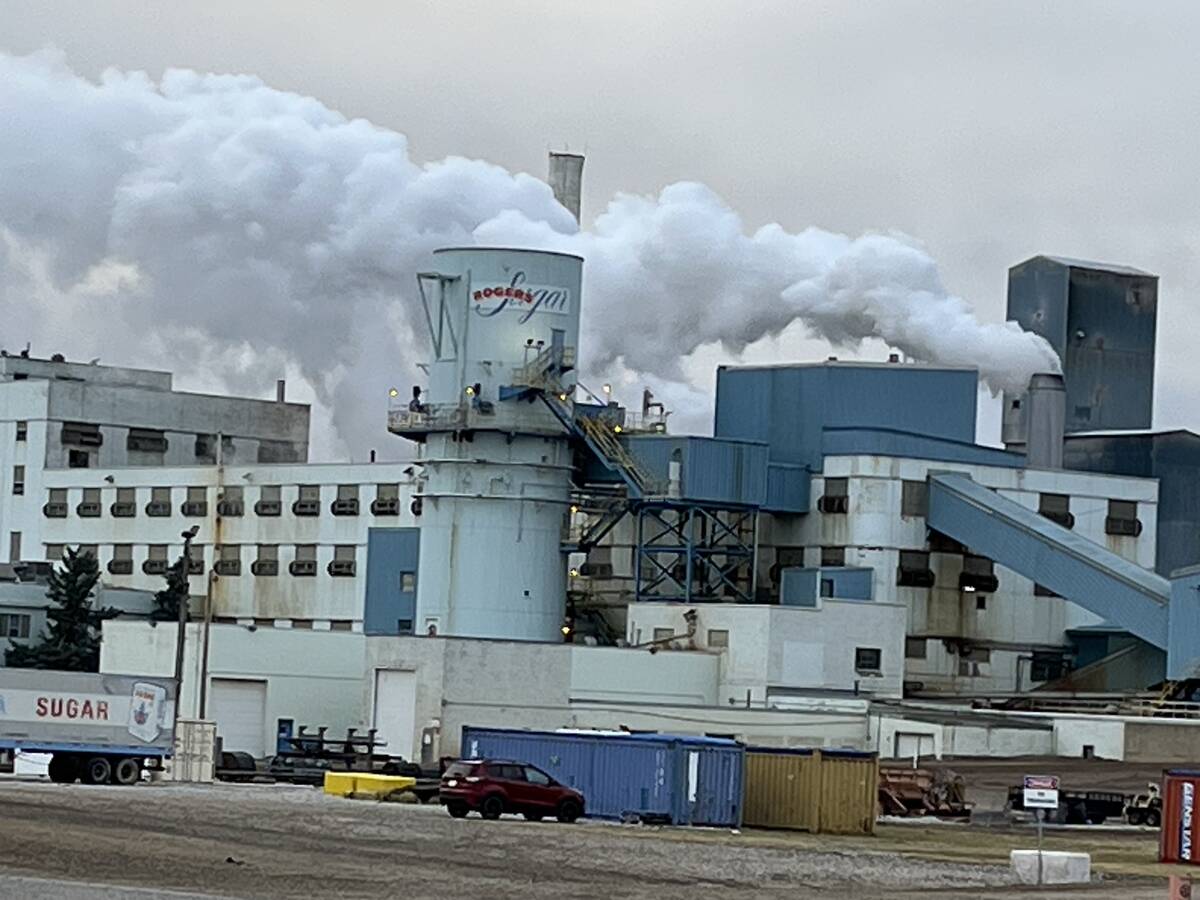North Dakota and southwestern Saskatchewan might be close geographically, but warm-season grasses native to the state don’t necessarily survive the winter north of the border.
That was one finding in a five-year project by the South West Saskatchewan Forage Co-operative Association Ltd.
“There is interest in the warm-season grasses that grow naturally in North Dakota: bison big bluestem, Dacotah switchgrass and Pierre side-oats grama,” said Rick Jensen, a Webb, Sask., cattle producer and manager of the 35-member forage co-op.
“But I think our project convinced many producers not to use these grasses. They’re expensive and we found they’re not winter hardy in our area.”
Read Also

Sugar beet harvest underway in southern Alberta
Alberta Sugar Beet Growers hosts field tour to educate the public on the intricacies of the crop, its harvest process, and contracts with Lantic Sugar
The association’s project, supported by Saskatchewan’s Agriculture Development Fund, rotationally grazed its native range and seeded grass-alfalfa pastures. It also evaluated a host of grazing and management practices designed to increase productivity and optimize economic returns.
“There is a great deal of producer interest in native species of forage, both warm- and cool-season. The warm-seasons are viewed as offering extended growth patterns in the hot summer and thus a higher quality forage and daily gains on the pasture. The cool-season native species are seen as more environmentally friendly and better adapted to the climate.
“Some people believe they give higher rates of gain than introduced cultivars,” Jensen said.
The native western wheatgrass and northern wheatgrass, along with green needlegrass, were seeded on eight acres in two-row spacings in 1993. All became well established, but grazing was delayed for two years to allow for adequate establishment.
The grasses were seeded with a rapidly growing, short-lived forage, such as slender wheatgrass, in the mix with the goal of getting quicker use of the pasture and better control of weeds.
This was done in the fourth year of the project.
“All the wheatgrasses have spread to give good groundcover and grazing, but they are low growing and the usable forage is very low compared to the introduced cultivars – meadow brome, intermediate wheatgrass and Russian wild rye seeded in the next pasture,” said Jensen.
The co-op also wanted to find a way to reduce its problems with bloat caused by grazing on alfalfa.
When it began annual use of CRC Rumensin boluses in 1993, the bloat problem was relieved.
“We have been rotationally grazing steers on an alfalfa-grass pasture for eight years, the last four using CRC Rumensin boluses,” he said.
“Our average daily gain during the first four years was 1.8 pounds, and the last four years was 2.1 lb. Under these circumstances, producers can expect gains of two pounds per day on good-quality steers and implanted and spayed heifers.
“With normal rainfall patterns of dry Julys and Augusts, which cause markedly decreased rates of gain, it may be more profitable for producers to use a higher stocking rate in the spring and sell into the early August market, which is generally short of cattle and has higher prices.
“An increase of 10 percent in the gains of yearlings on pasture seems to be very achievable for minimum costs.”
Given these rates of gain, he said, putting yearlings on pasture is more than competitive with grain farming when a half crop, half summerfallow rotation is used.
“We believe Saskatchewan producers could increase their net incomes on land with a well-designed grazing system and good management practices,” said Jensen.














